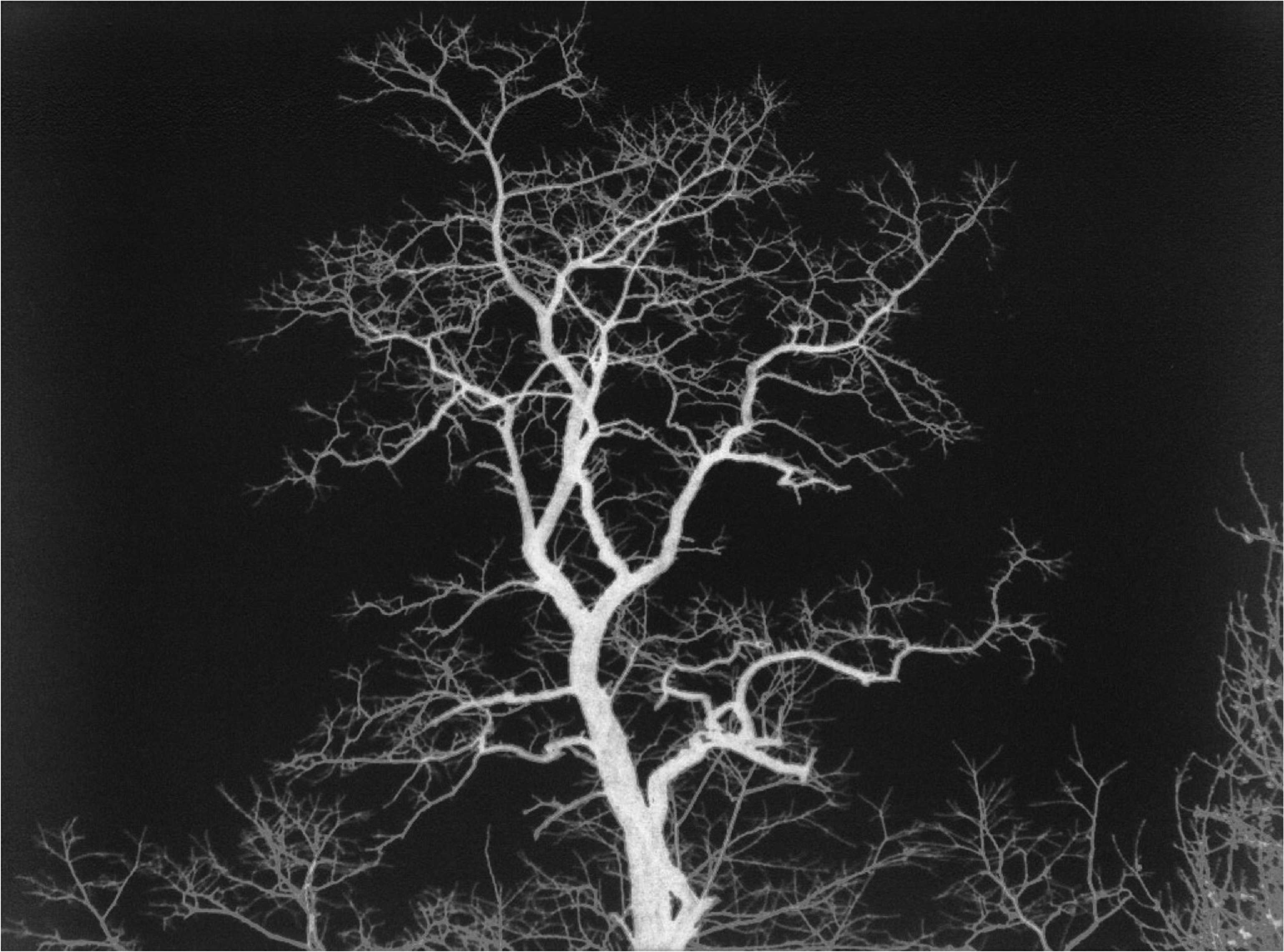This January, scientists at the Albert Einstein College of Medicine of Yeshiva University captured on screen the process of the brain making memories. Using mice to perform their experiments, researchers added fluorescent tags to mRNA (messenger ribonucleic acid) molecules that helped them track these molecules as the brain underwent the active process of creating memories. mRNA carries copies of instructional materials for the formation of proteins from the cell’s DNA.
“It’s noteworthy that we were able to develop this mouse without having to use an artificial gene or other interventions that might have disrupted neurons and called our findings into question,” said Robert Singer, author of the two papers published in the journal Science, to Science News at the Albert Einstein College of Medicine.
This development is crucial because neurons are inherently sensitive and can be damaged easily if the experiments are not performed carefully.
The mRNA molecules that the researchers tracked help control the direction of another class of molecules called beta-actin proteins that are essential for making memories. By ‘tagging’ the mRNA molecules, the researchers were able to observe the movement of these proteins in real-time inside a functioning brain to look deeper into how the brain works and stores memories.
“Having a long, attenuated structure means that neurons face a logistical problem,” Singer said. “Their beta-actin mRNA molecules must travel throughout the cell, but neurons [also] need to control their mRNA so that it makes beta-actin protein only in certain regions at the base of dendritic spines.”
The first paper out of the two focused on the work conducted by Hye Yoon Park, who is a PhD instructor at the Albert Einstein College and Singer’s former student. It explains how the researchers developed the mouse model and how the stimulation of the neurons in the hippocampus—the part of the brain responsible for making memories—shed light on the travel paths of the beta-actin proteins to their destinations.
The second paper showed that stimulating the neurons caused beta-actin protein to accumulate precisely in the location needed to form memories.
Researchers watched as flourescent beta-actin mRNA molecules formed in the nuclei of neurons—the control centre of these cells—and travelled within dendrites—projections of the neurons.
“This observation that neurons selectively activate protein synthesis and then shut it off fits perfectly with how we think memories are made,” Singer said.
The results from this study open a window into the intricate inner workings of the brain and spark a further interest in this field that may accelerate our understanding of the human brain.









